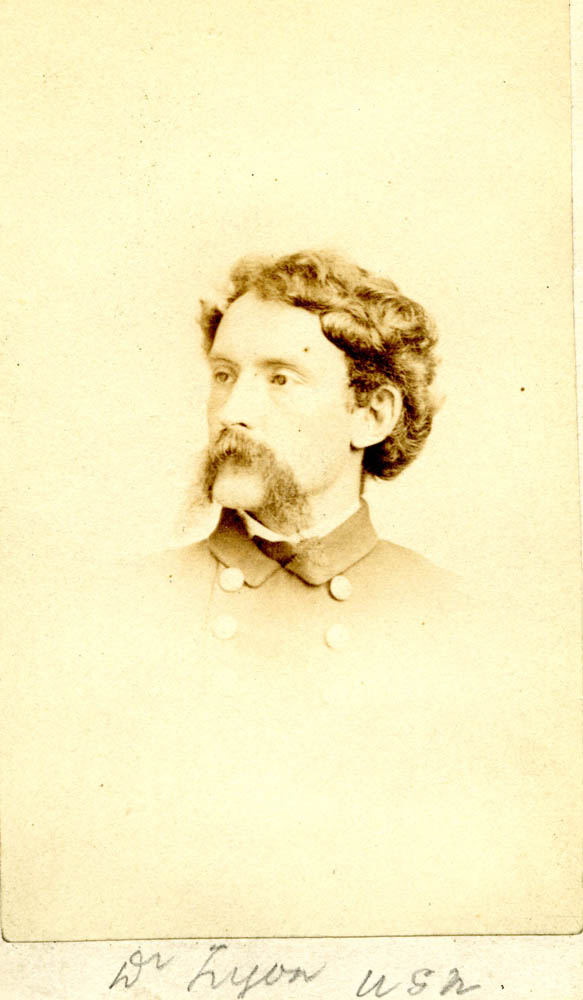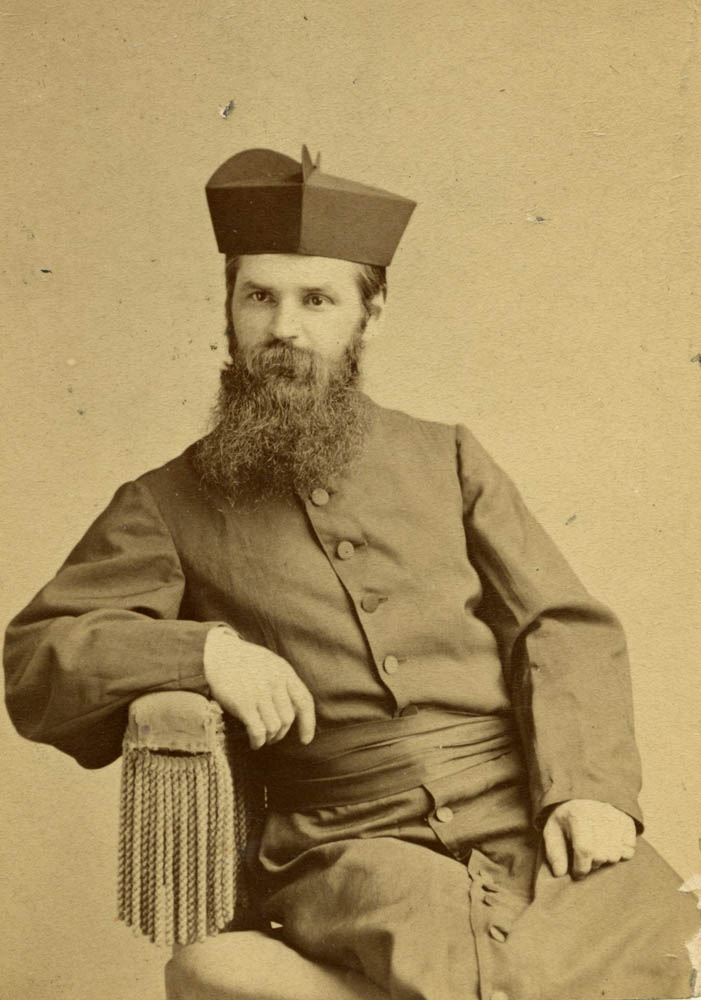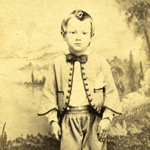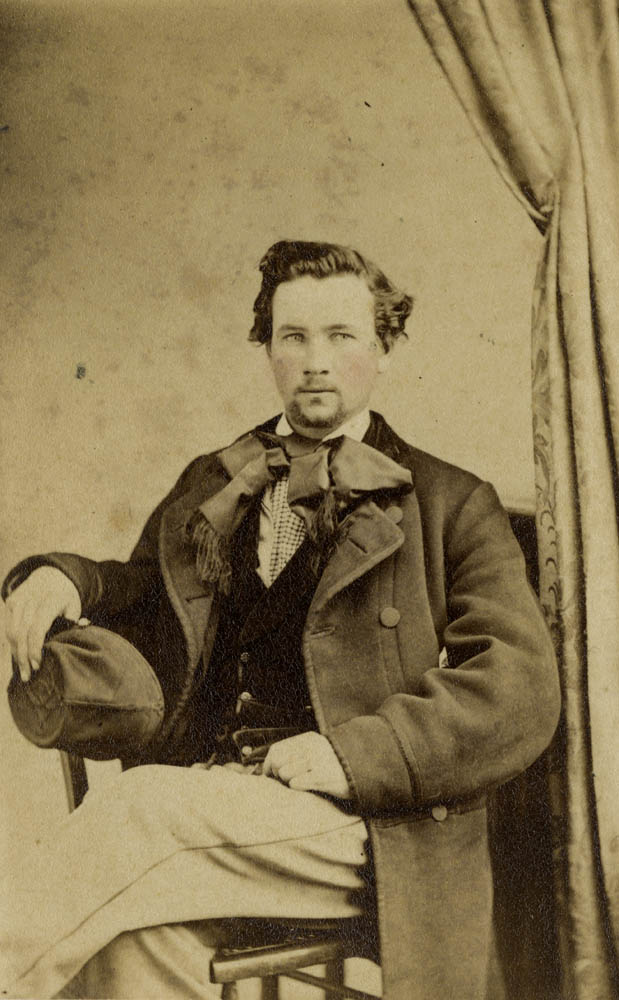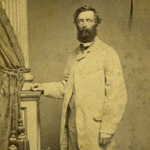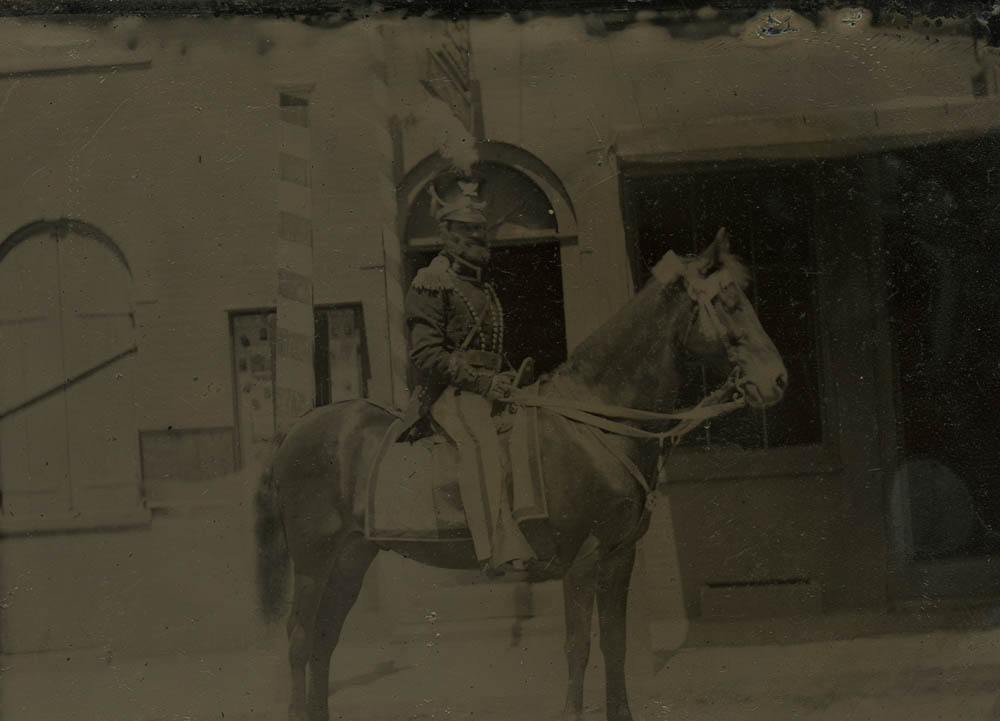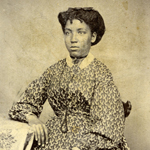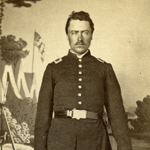
Henry Treece is believed to have enlisted in Bowen’s Battalion on July 17, 1861, at Rolla, Missouri, and was promoted to first sergeant and assigned to Company A. In late 1862, when the 10th Missouri Cavalry regiment was formed, he was promoted to second lieutenant in Company A; promoted to first lieutenant on September ...
